Forget the spin. Cost of living and interest rates may stay high for some time to come
Australia’s politicians and Reserve Bank officials have obfuscated the extent of the economic challenges ahead.
The spin is that interest rate rises are temporary and for the best. The truth is that the cost of living and interest rates may stay high for some time to come.
Recent moderation of inflation reflects declines in volatile oil and food prices. Governments are trying to buffer households from these costs. Europe alone has spent €800bn (A$1,250bn) to shield consumers from high energy prices.
But a fall in inflation alone will not bring down the cost of living. Inflation measures change: a petrol price rise from $2.00 per litre to $2.20 equates to 10% inflation. If it stays at $2.20, then inflation falls to 0% but the cost of petrol remains high and unchanged.
There are two main factors that may keep the cost of living and interest rates high for longer than anticipated.
As the RBA’s own research shows, current inflation is being principally driven by supply issues.
Policymakers have limited influence over input costs. Energy prices reflect the Ukraine conflict and sanctions targeting Russian oil and gas exports. Trade restrictions continue to disrupt the production of many goods – especially US actions to restrict the supply of certain technology to China (the world’s factory).
Long-term resource scarcity concerns loom. Shortages of water, food and non-renewable raw materials are likely because of rising demand, supply constraints and inadequate investment.
Copper, lithium, nickel and cobalt production will struggle to meet the requirement of the energy transition. Part of the problem is geology. Nickel, lithium, cobalt, and copper make up 0.002% to 0.006% of the earth’s crust compared to iron (5%) and aluminium (8%). An
Read more on theguardian.com

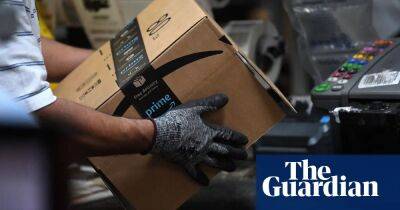
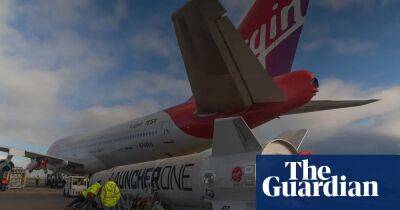




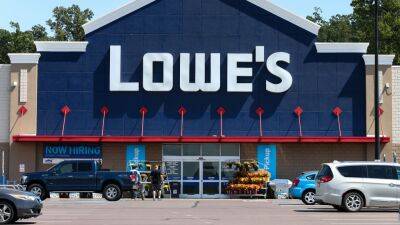
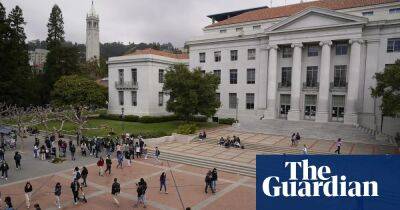
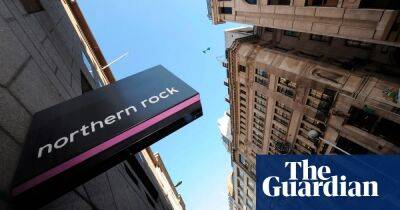
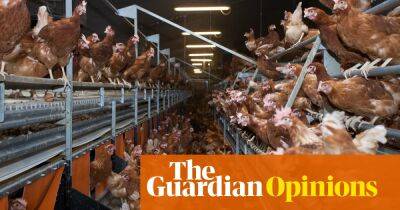


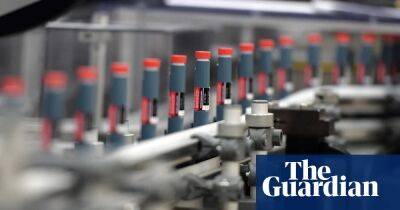

![Will TRON’s [TRX] high TPS be enough to improve its DeFi state? - ambcrypto.com - city Santiment](https://finance-news.co/storage/thumbs_400/img/2023/3/1/57880_9o4tk.jpg)

